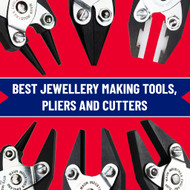Best Jewellery Making Tools, Pliers & Cutters 2024
1st Oct 2023
When you're making jewellery, accuracy is everything.
To complete intricate work well, you need the right tools for the job.
In this post, we’ll detail the best jewellery tools you need for bending rings, making beads and polishing metal.
Best Jewellery Tools
Looking to save money? You can get a discount on buying individual pliers by purchasing a jewellery plier kit instead.
Flat Nosed Parallel Pliers
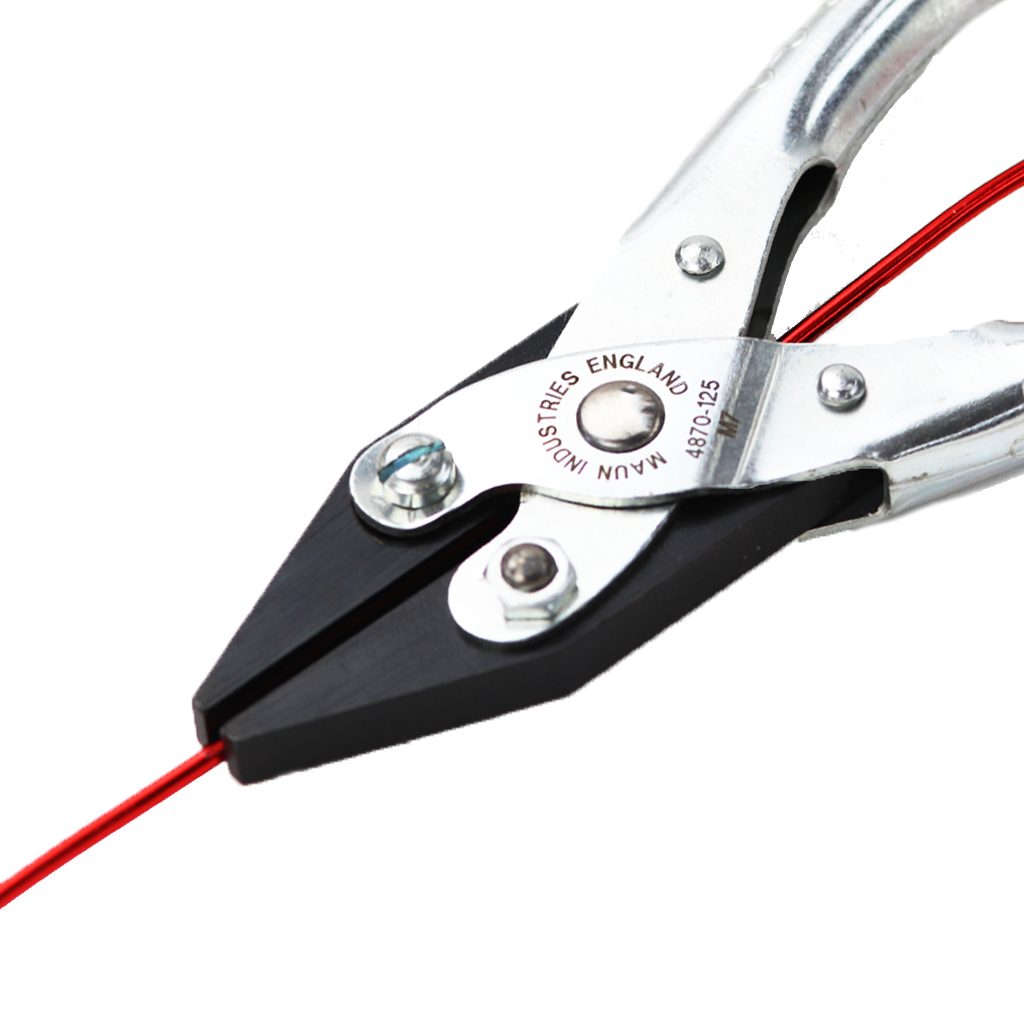
Flat nose pliers are excellent for gripping and bending metal. They have two
flat jaws that allow you to get a secure grip on the piece. Choosing
parallel-action pliers will spread the grip evenly across the surface,
increasing security and preventing any pinch point damage.
These are excellent when creating a bracelet with flat metal links, allowing you to grip and bend the links into the right shape. Regular pliers typically won't offer you enough accuracy, and you'll end up creating uneven bends.
Shop all Jewellery Pliers.
Soft Jaw Parallel Pliers
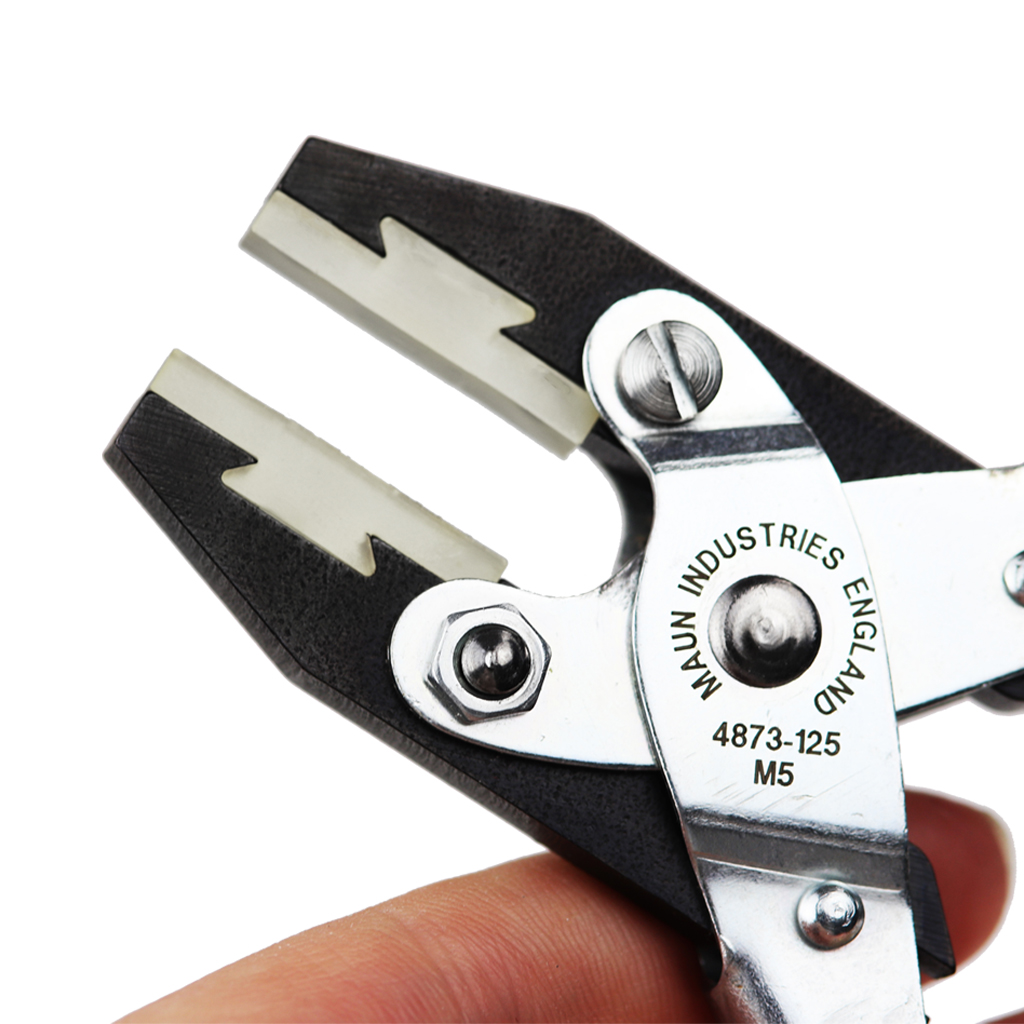
Soft jaw parallel pliers are used when you’re manipulating and gripping precious
metals or materials that could be easily damaged. The plastic jaws ensure no
metal-on-metal contact, preventing any indentation or marks. The parallel action
further helps with this, spreading the pressure evenly across the jewellery.
Perfect for setting a delicate opal stone into a pendant without scratching the surface of the stone. Typical metal jaw pliers would scratch or damage it, diminishing its value and beauty.
Round Jaw Pliers
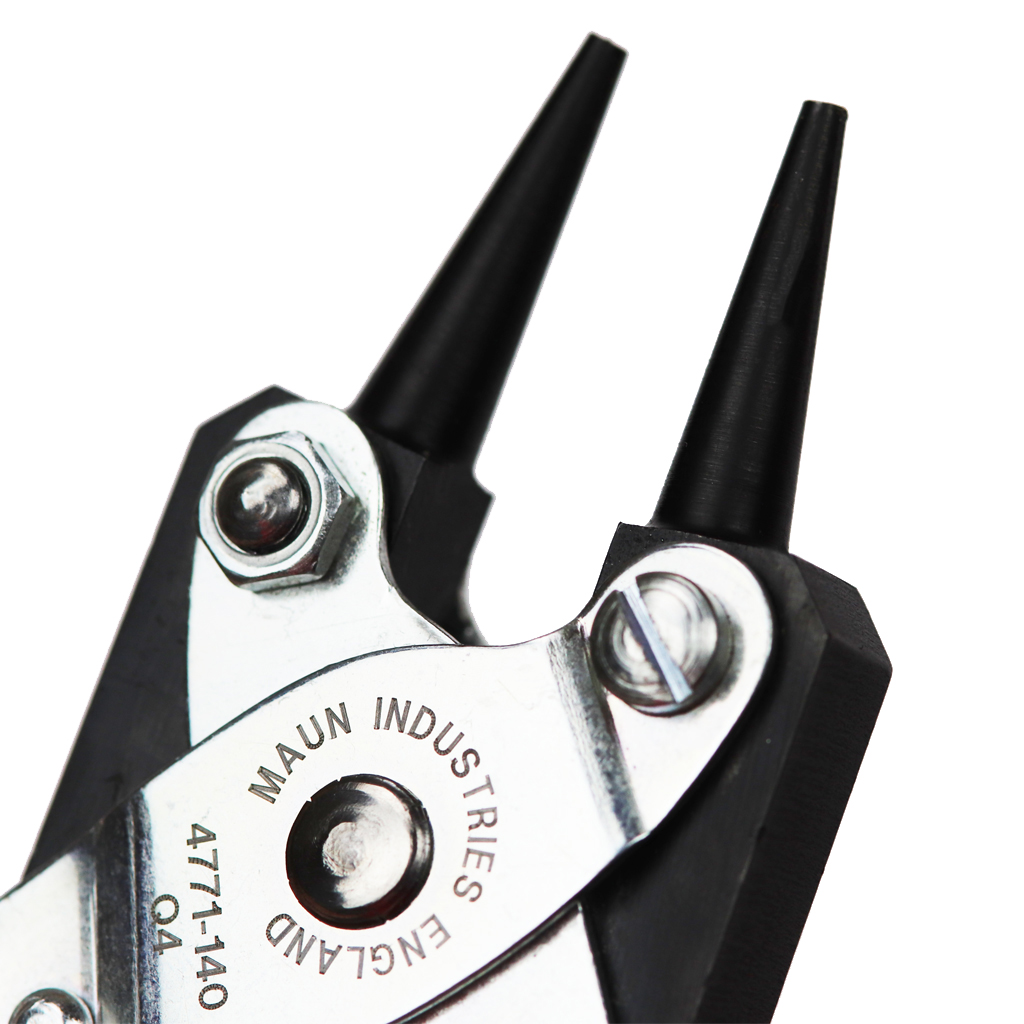
Round jaw pliers are ideal for bending wire into loops or making rings. There are
various types of round nose pliers, to account for different working methods
and tasks.
These include pliers with two round jaws, pliers with one round and
one flat jaw, and pliers with one half round and one flat jaw. Using a
parallel-action mechanism ensures they have better grip, without overly
compressing or damaging the wire during tricky bends.
Ideal for crafting earrings with a spiral wire design, which is simply not possible with flat jaw pliers. They allow you to be far more creative with your designs.
Jewellery Side Cutters
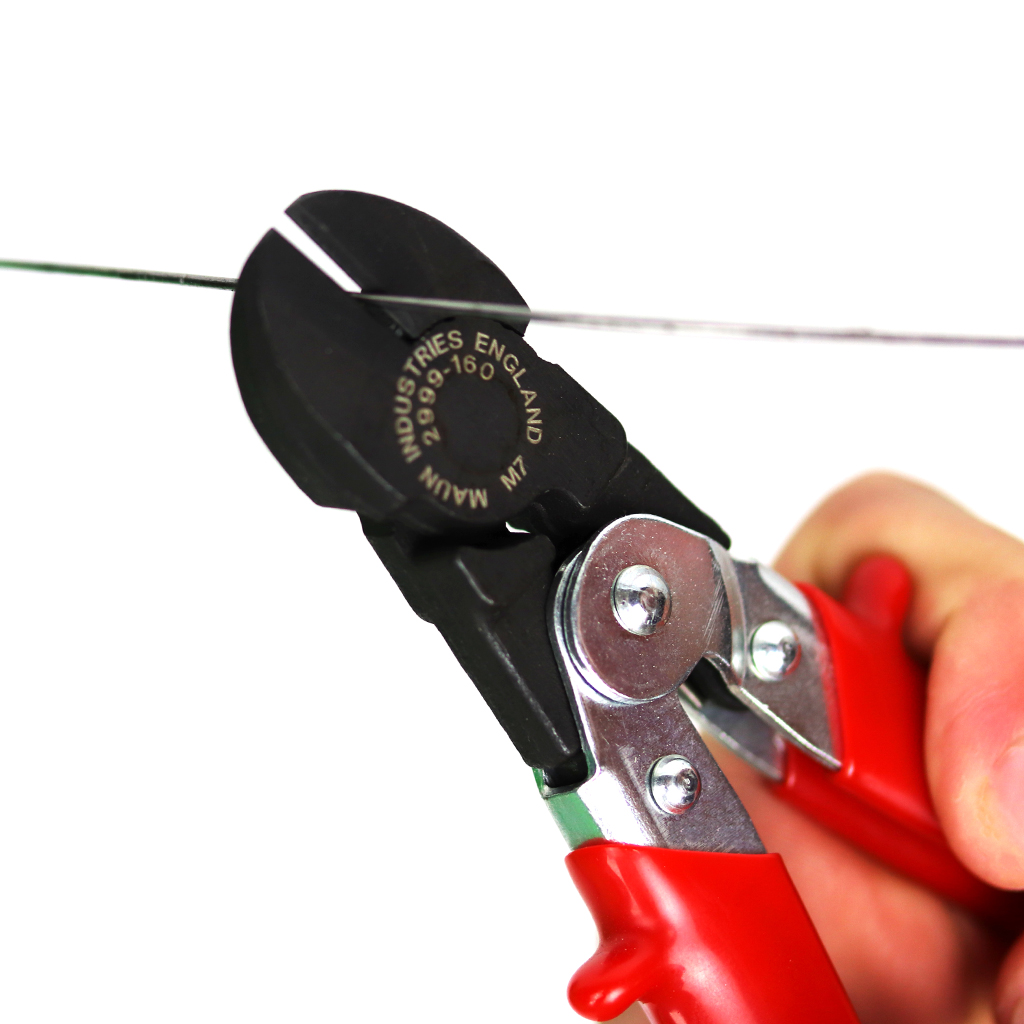
Side cutters are perfect for creating clean and neat cuts in wire. The diagonal
jaws spread the wire apart (as opposed to a scissor action), creating a nice
finish, which is essential with jewellery. Choosing a set with a return-spring
will help you reset quickly when making multiple cuts.
Excellent for trimming the end of silver wire after making your wire-wrapped ring, where scissors or weaker pliers would go blunt or create frayed wire ends that are hard to make neat.
Metal Rulers
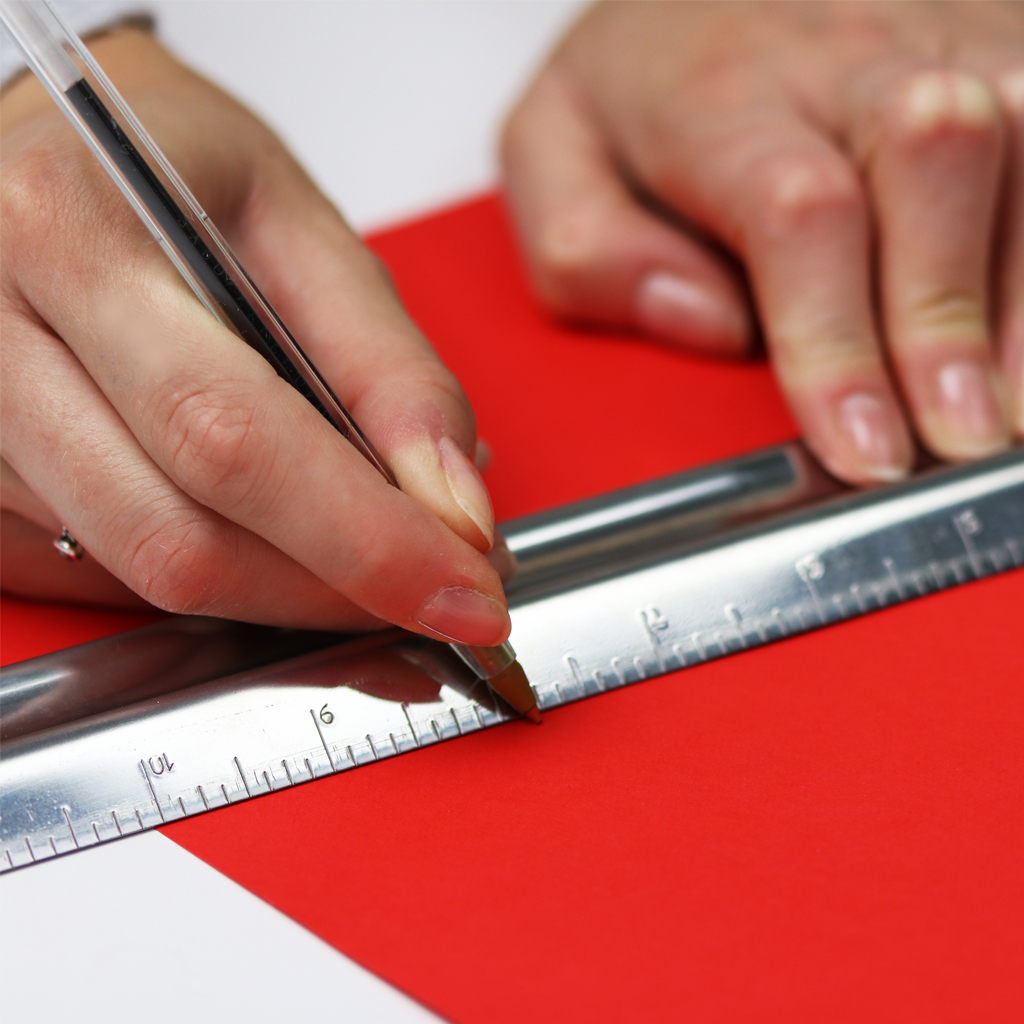
Metal
safety rulers
are used for accurately measuring materials for consistency
during jewellery making. As you may need to mark materials with something very
sharp, choosing a safety ruler will keep your fingers well out of the way,
making them the safest option.
Perfect for measuring a piece of gold sheet to cut it for a cuffed bracelet, where a tape measure wouldn't offer the precision needed.
Jewellery Crimping Pliers
You can use flat nosed pliers to squash crimps, but they
often create sharp edges. Jewellery crimping pliers squash and mould the crimps
into tight balls while smoothing out the sharp edges, creating a strong
connection, and adding a professional touch to jewellery.
Excellent for securing the ends of a beaded necklace with crimp beads, when other pliers might squash them and create sharp, uncomfortable edges.
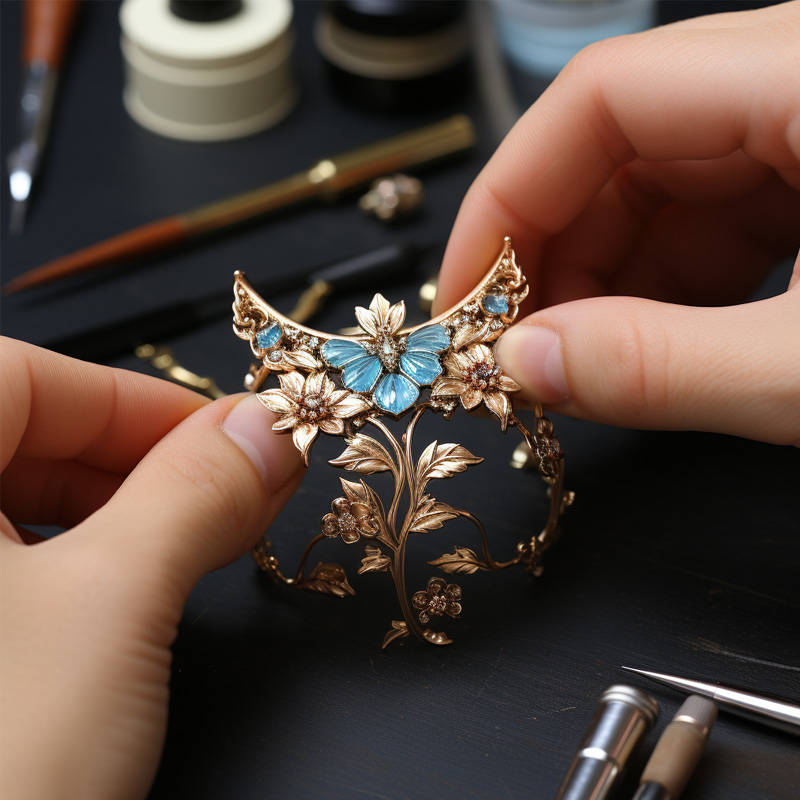
Bench Vice
If you’re struggling to hold your piece of jewellery while manipulating it, then a bench vice will be a good investment for you. You can keep a tight grip on your piece, while keeping both hands free to work on the jewellery.
Burrs
Burrs are used to remove excess metal and other materials from your jewellery piece. They come in various shapes and sizes, designed for specific shapes. As an example, you can get a stone setting burr to enlarge and put bevels on holes used for gemstones.
Nylon Head Hammer
If you’re working with metal bullion, then using a nylon head hammer will let you form it without marking it. They can be used for forming and truing metal pieces.
Anvil
A jewellery anvil will help you form metal accurately. Choosing an anvil with a rounded side and a square side gives you multiple options when working with metal.
Tweezers
When you’re working with very small pieces, or working with very hot metal, then tweezers are essential. Look for a pair with insulated handles, to prevent heat from conducting through them and burning your hand. They can also be used to hold items when soldering.
Ring Mandrel
A ring mandrel is a long, round steel tool tapered to a point, designed for forming metal wire or sheet into rings. For accurate shapes, make sure you secure it in a vice beforehand.
Soldering Tools

If you’re looking to solder metal together, you’ll need a soldering block to protect your workbench from heat, and a torch to properly heat the solder. Look for a small torch designed for jewellery making for increased accuracy.
Files
Files are essential for finishing off metal work after you’ve bonded it. They are used to create a smooth surface that’s appropriate for jewellery worn over the skin.
Polishing Paper
Polishing paper is used to polish metal to a shiny finish. It’s ideal for all metal jewellery. If you end up needing to polish a lot during your workday, then upgrading to a polishing power tool is a good option.
Saws
A jewellery saw is excellent for cutting metal tubes and metal
sheeting. You should saw pieces on your anvil to prevent damage to your
workbench.
Safety and Organization
While not specific tools, it's always important to consider safety and workplace organization when discussing tools.
For safety, it's best to use the following items during jewellery making:
- Safety googles
- Dust masks
- Finger protectors or gloves
- Aprons or protective clothing
It's also recommended to have a well-ventilated workspace.
For organization, make sure you have a tidy toolbox, a bead storage system, and a labelling system.
Conclusion
We hope you enjoyed our post on the best jewellery tools.
Browse our related posts below, or contact us with any questions:
- What are Jewellery Making Pliers?
- Best Jewellery Pliers
- Jewellery Making Tools for Beginners
- How to Cut Hard Wire
Maun are proud to be members of the National Association of Jewellers. Every NAJ member is required to abide by the NAJ's Code of Conduct based on honesty, integrity and professionalism. The grant of arms gives customers peace of mind that they are dealing with a jewellery business they can trust.

